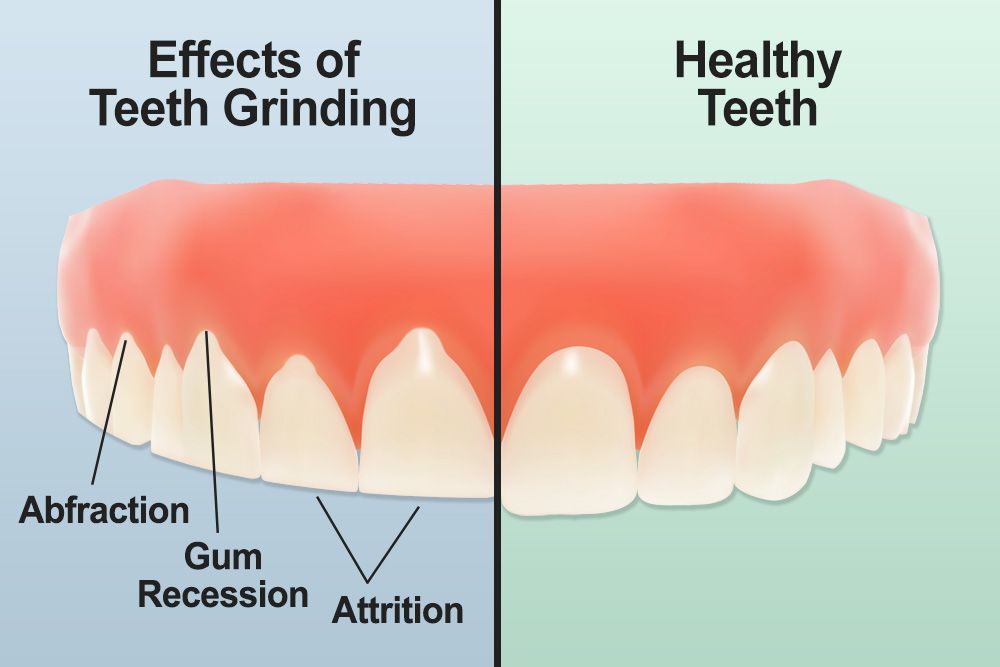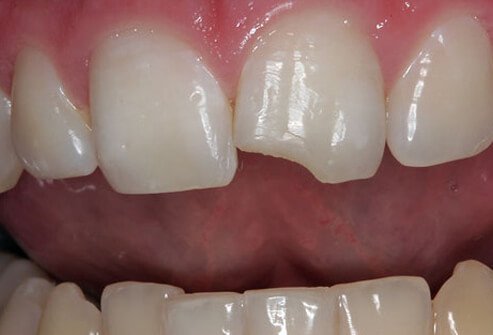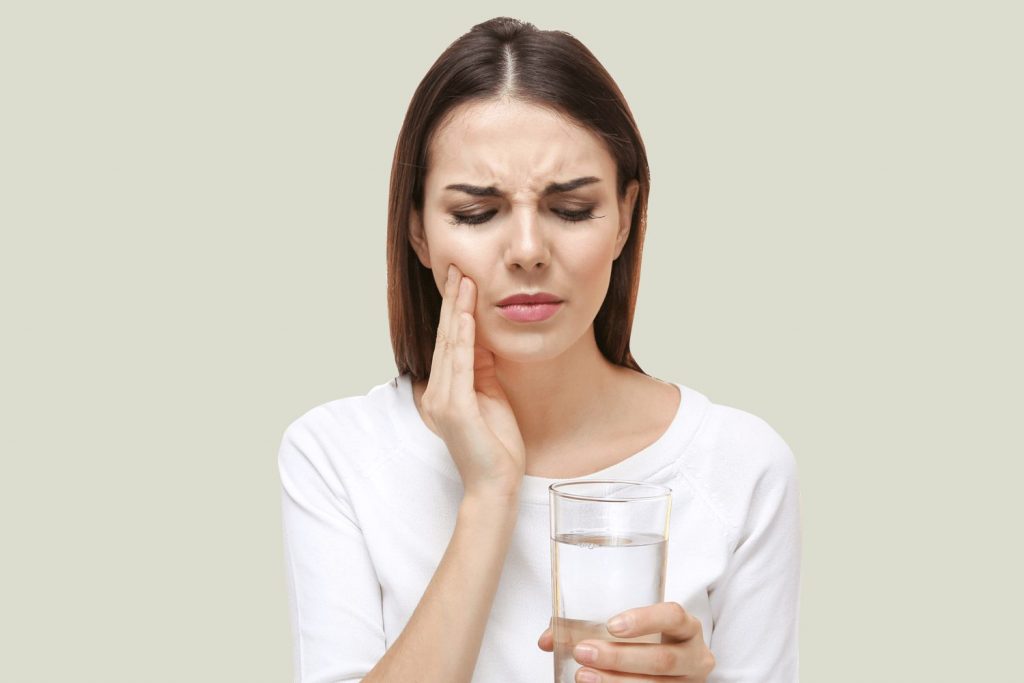A set of shortened teeth would not only affect appearance but masticatory (biting) function as well. It is very crucial to maintain a good set of teeth.
Different people use their teeth differently. Some people are really cautious in eating and only select soft food. On the contrary, there may be some who favor in chewing hard food like nuts or sugar cane. Those who like to chew hard food are likely to cause more damage to their teeth although our teeth are harder than bone.
Sign and Symptoms of damaged teeth
-Crown shortening
-Tooth sensitivity
-Short face features (lower face is short in proportion to the upper face)
-Reduced masticatory efficiency
-Pulpitis
-Gum problems
Teeth sensitivity due to over grinding
A tooth is supported by periodontal ligament in the jaw bone. These ligaments allow the tooth to move slightly during chewing to absorb some unwanted forces to prevent tooth damage. Over grinding would cause over exertion of teeth and causing teeth wear at certain parts of the teeth.
Tooth wear usually happens at cusp tips of molar, premolar and edges of incisors. If the person likes to chew on hard food very often the tooth wear would expand across the whole chewing surface of the tooth causing crown shortening. When the enamel layer is lost due to tooth wear, exposed dentine would cause sensitivity and pain especially to hot, cold, sweet, sour and hard chewing.
When dentinal layer is exposed, it would be worn off even faster than enamel causing pulp to be exposed. When a pulp is exposed, you would experience pulpitis which comprises excruciating pain that affects sleep, abscess, and difficulty in mouth opening and chewing.
A worn tooth would be easier to be stained by nicotine (cigarette) or colored beverages.
A shortened set of teeth would cause over closure of mouth thus a short face feature. That would affect your appearance and chewing capabilities.
Hard grinding would cause exertion of supporting tissues of our teeth causing periodontal (gums) problems. Teeth would become loose, displaced and painful.
Causes of Tooth Wear
A physiologically deterioration of dental tissue due to aging. But this does not only occur to adults but to children at their teeth changing stage. Milk teeth will be sheared but this does not arise any problem as milk teeth will be shed.
Eating habits and food selections are also a cause of tooth wear. For example betel nut chewing which is favored by certain Indians would cause massive tooth wear due to the hardness of the nut.
Duration and force of chewing would create certain pattern of tooth wear. For example night grinding, habitual hard clenching and unilateral chewing (chewing only on one side).
Numbers of teeth left would influence degree of tooth wear. If an aged person lost his posterior teeth without replacing them, chewing forces would be translated to anterior teeth which are weaker. This would cause extensive anterior teeth wear and shortening.
Genetically degenerative disease of the tooth like amelogenesis or dentinogenesis imperfecta where the enamel or dentine of teeth are deformed.
Treatment of Tooth Wear
If it’s a physiological effect, the tooth itself would generate protective mechanism to protect the pulp from being affected. Thus sensitivity and pain are often minimal.
-Protect the tooth with a crown.
-Replace all missing teeth.
-Bruxism tray for those who grind their teeth unconsciously.








